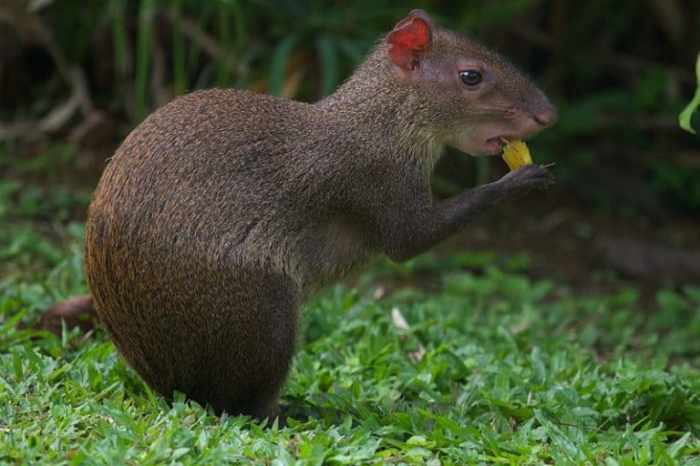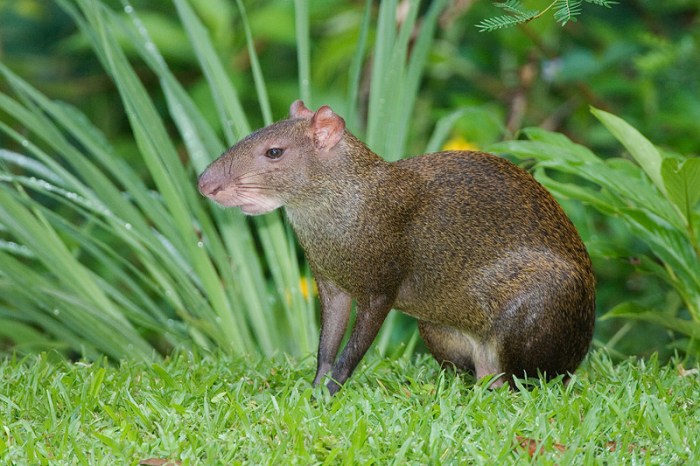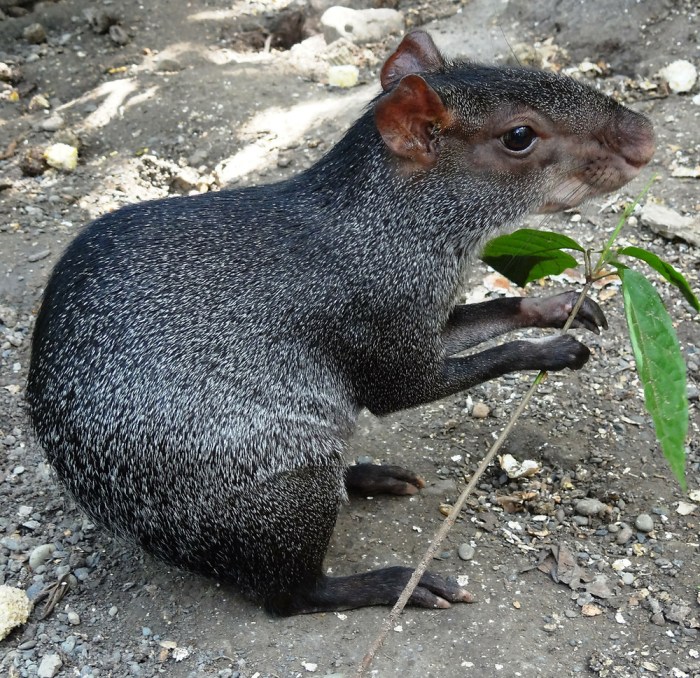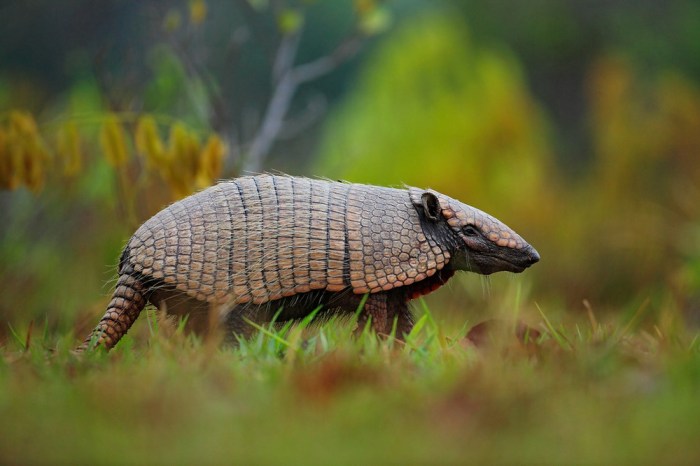Keystone species of the Amazon rainforest play a pivotal role in maintaining the intricate balance of this vibrant ecosystem. These enigmatic species, despite their often inconspicuous presence, exert a disproportionate influence on the rainforest’s biodiversity and ecological stability, making their conservation paramount for the well-being of this irreplaceable natural treasure.
From the towering canopy to the teeming understory, keystone species orchestrate a symphony of ecological interactions, shaping the very fabric of the rainforest.
Keystone Species in the Amazon Rainforest: Keystone Species Of The Amazon Rainforest

Keystone species play a pivotal role in maintaining the intricate web of life within the Amazon rainforest. They are species whose disproportionate impact on the ecosystem belies their often-modest abundance.
Keystone species exert a profound influence on biodiversity and ecosystem stability. They regulate populations of other species, shape community structure, and maintain ecosystem processes. Their removal can have cascading effects throughout the ecosystem, leading to significant disruptions.
Examples of Keystone Species in the Amazon Rainforest, Keystone species of the amazon rainforest
- Harpy Eagle (Harpia harpyja) : Apex predator that controls populations of large herbivores, preventing overgrazing and maintaining forest structure.
- Fig Wasp (Ceratosolen solmsi) : Facilitates the reproduction of fig trees, which provide food and shelter for numerous species.
- Leaf-cutter Ants (Atta cephalotes) : Aerate the soil, disperse seeds, and create microhabitats for other organisms.
- Pink River Dolphins (Inia geoffrensis) : Top predators that regulate fish populations, maintaining the balance of the aquatic ecosystem.
Ecological Interactions of Keystone Species
Keystone species engage in complex ecological interactions with other organisms. They:
- Affect food webs:By regulating prey populations, keystone species influence the availability of food resources for other species.
- Contribute to nutrient cycling:Keystone species, such as leaf-cutter ants, facilitate the decomposition of organic matter, releasing nutrients back into the ecosystem.
- Provide habitat:Keystone species, like fig trees, create habitats for a wide range of species, providing shelter, nesting sites, and food.
Conservation of Keystone Species
Conserving keystone species is crucial for the long-term health of the Amazon rainforest. Threats to keystone species include habitat loss, hunting, and pollution.
Conservation strategies include:
- Protecting and managing their habitats
- Enforcing regulations against hunting and poaching
- Reducing pollution and environmental degradation
Case Studies of Keystone Species in the Amazon Rainforest
- Case Study: Harpy Eagle
- Loss of harpy eagles due to deforestation and hunting led to an increase in herbivore populations, resulting in forest degradation.
- Conservation efforts, including habitat protection and anti-poaching measures, have helped stabilize harpy eagle populations and maintain forest health.
- Case Study: Leaf-cutter Ants
- Decline in leaf-cutter ant populations due to habitat loss and pesticides disrupted soil aeration and seed dispersal, affecting forest regeneration.
- Sustainable agricultural practices and habitat restoration have been implemented to protect leaf-cutter ants and maintain ecosystem services.
Lessons Learned from Case Studies:
- Keystone species play a critical role in maintaining ecosystem balance.
- Conservation efforts should focus on protecting keystone species and their habitats.
- Understanding the ecological interactions of keystone species is essential for effective conservation strategies.
Frequently Asked Questions
What are keystone species?
Keystone species are organisms that have a disproportionately large impact on their ecosystem relative to their abundance.
Why are keystone species important in the Amazon rainforest?
Keystone species in the Amazon rainforest play crucial roles in maintaining biodiversity, nutrient cycling, and ecosystem stability.
What are some examples of keystone species in the Amazon rainforest?
Examples of keystone species in the Amazon rainforest include fig trees, army ants, and harpy eagles.
How can we protect keystone species in the Amazon rainforest?
Protecting keystone species in the Amazon rainforest involves habitat conservation, sustainable land use practices, and combating climate change.


